Home>Garden Essentials>Where Do Seed Potatoes Come From
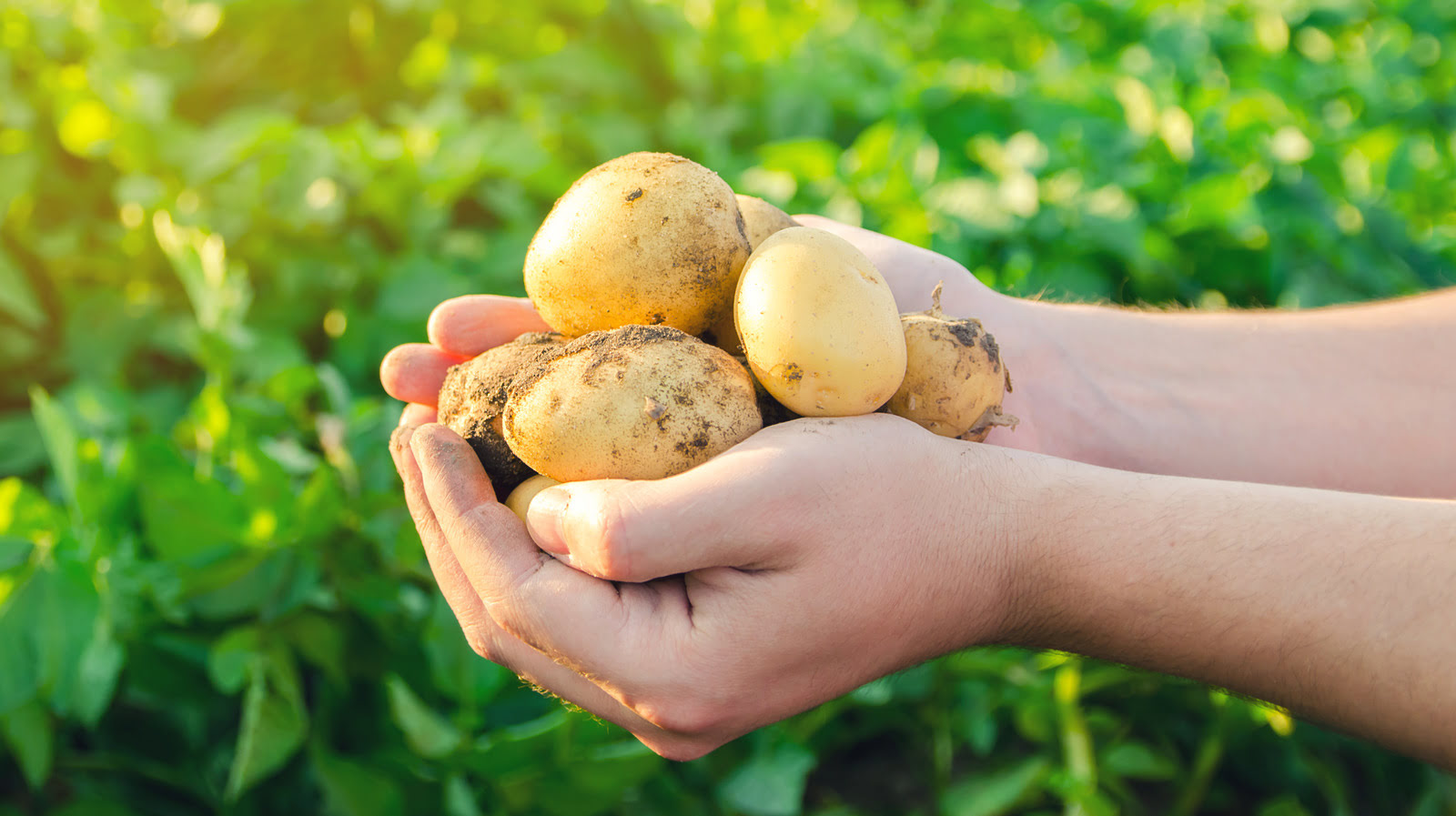

Garden Essentials
Where Do Seed Potatoes Come From
Modified: March 16, 2024
Discover the fascinating origins of seed potatoes, essential for your garden. Learn where these vital plant sources come from and how to cultivate them for a successful harvest.
(Many of the links in this article redirect to a specific reviewed product. Your purchase of these products through affiliate links helps to generate commission for Storables.com, at no extra cost. Learn more)
Introduction
Gardening enthusiasts and farmers alike know that growing potatoes can be a rewarding experience. These versatile and nutritious tubers are a staple in many cuisines around the world. But have you ever wondered where those potatoes in your garden or on your plate actually come from? The answer lies in seed potatoes.
Seed potatoes are the starting point for potato cultivation. They are not your typical grocery store potatoes that end up in your kitchen. Instead, they are specifically grown and harvested for planting purposes. These tubers are carefully selected for their ability to produce healthy and disease-free plants.
In this article, we will explore the fascinating world of seed potatoes – where they come from, how they are cultivated, and the important role they play in the global potato industry.
So, let’s dig in and discover the journey of seed potatoes!
Key Takeaways:
- Seed potatoes are specially grown for planting, ensuring healthy and disease-resistant potato crops. Their history dates back to Scotland in the 1870s, leading to improved crop yields and sustainable potato cultivation.
- The global seed potato industry plays a vital role in supporting agriculture and food security. Through rigorous certification and storage practices, farmers can access high-quality seed potatoes for successful and sustainable potato harvests.
Read more: Where Do The Sunflower Seeds Come From
History of Seed Potatoes
The cultivation of potatoes dates back thousands of years, with evidence of their domestication in the Andean region of South America around 7,000 to 10,000 years ago. However, the concept of using seed potatoes as a way to propagate potato plants is a more recent development.
Until the late 19th century, farmers would typically save a portion of their potato harvest for planting in the following season. However, this practice had its limitations. The saved potatoes often carried diseases, and their genetic traits were unpredictable. As a result, crop yields were inconsistent and vulnerable to pests and pathogens.
In the 1870s, a breakthrough occurred when researchers in Scotland discovered the benefits of using disease-free seed potatoes for planting. They observed that by selecting and replanting only healthy and sprouted potato tubers, they could significantly improve crop yields and reduce the spread of diseases.
From there, the idea of seed potatoes quickly gained traction and spread throughout Europe and North America. Agricultural scientists and farmers began to select specific potato varieties known for their disease resistance, yield potential, and other desirable traits. These selected tubers became the foundation for commercial seed potato production.
Today, seed potato production is a specialized process that involves meticulous breeding, cultivation, and certification. Seed potato growers carefully maintain the purity of each variety, ensuring that it remains free from diseases and genetic mutations.
The development of disease-resistant potato varieties has played a crucial role in the history of seed potatoes. In the early 20th century, devastating potato diseases such as late blight and bacterial wilt caused widespread crop failures in Europe and the United States. However, through careful selection and breeding, researchers were able to develop resistant varieties that could withstand these diseases, providing a more reliable food source.
Overall, the history of seed potatoes reflects the ongoing efforts of farmers, researchers, and breeders to improve potato cultivation. By utilizing disease-free and genetically stable seed potatoes, farmers can ensure higher crop yields, better quality potatoes, and a more sustainable potato industry as a whole.
Cultivation and Harvesting
The cultivation of seed potatoes involves several steps, from planting to harvesting, to ensure healthy and vigorous plants. Let’s take a closer look at the process.
1. Selection of Seed Potatoes: The first step in seed potato cultivation is the careful selection of high-quality seed potatoes. These tubers are sourced from certified seed potato growers who follow strict standards to maintain the purity and health of the varieties. The selected seed potatoes are then stored in cool and controlled environments to maintain their viability until planting.
2. Chitting or Pre-Sprouting: Before planting, the seed potatoes go through a process called chitting or pre-sprouting. This involves placing the tubers in a well-lit and cool area to encourage the growth of small sprouts, known as chits. Chitting helps to kickstart the growth process and ensures faster and more even emergence of potato plants.
3. Planting: Once the seed potatoes have developed chits, they are ready for planting. This usually takes place in early spring when the soil temperature is favorable for potato growth. The tubers are planted in well-prepared soil, either by hand or using machinery, at a specific depth to promote root development and tuber formation.
4. Growing Season: As the potato plants grow, they require regular watering, sufficient sunlight, and appropriate nutrition. Farmers monitor the crop closely to ensure that pests, diseases, and weeds are kept under control through organic or chemical means. The specific requirements for growing potatoes vary depending on the variety and local conditions.
5. Harvesting: The time for harvesting seed potatoes depends on the variety and the desired stage of maturity. Typically, the plants are harvested when the foliage starts to yellow and die back. Mechanical harvesters or hand tools are used to carefully dig up the plants, being careful not to damage the tubers. Once harvested, the seed potatoes are cleaned, sorted, and stored under optimal conditions.
It is important to note that seed potato cultivation is more controlled and intensive compared to regular potato cultivation. The focus is on maintaining the purity and health of the seed stock to ensure that subsequent crops grow from disease-free and genetically stable tubers.
Through careful cultivation and harvesting practices, farmers and seed potato growers contribute to the production of high-quality seed potatoes that serve as the foundation for future potato crops.
Seed Potato Varieties
Seed potatoes come in a wide range of varieties, each with its own unique characteristics and culinary uses. Here are some popular seed potato varieties:
1. Russet Burbank: This variety is known for its large size, rough brown skin, and high starch content. Russet Burbank potatoes are commonly used for baking, frying, and making French fries. They have a fluffy texture and a rich, earthy flavor.
2. Yukon Gold: Yukon Gold potatoes have a distinct yellow flesh, thin skin, and a buttery flavor. These versatile potatoes are great for boiling, mashing, roasting, and baking. They hold their shape well when cooked, making them a popular choice for salads.
3. Red Pontiac: With their vibrant red skin and firm texture, Red Pontiac potatoes are a favorite for boiling and making potato salads. They have a slightly sweet and creamy flesh, which adds a pop of color and flavor to dishes.
4. Fingerling Potatoes: Fingerling potatoes are smaller in size and elongated in shape, resembling fingers. They come in various colors such as red, yellow, and purple. Fingerlings have a firm texture and a creamy, buttery taste. They are often roasted or used in salads to highlight their unique shape and flavor.
5. All Blue: As the name suggests, All Blue potatoes have a vibrant blue or purple skin and flesh. They are eye-catching and have a slightly nutty flavor. All Blue potatoes are great for adding color and novelty to dishes like mashed potatoes, chips, and roasted vegetables.
6. Kennebec: Kennebec potatoes have a light tan skin and white flesh. They are versatile and can be used for boiling, baking, roasting, or frying. Kennebecs have a mild, earthy flavor and a smooth texture, making them a widely popular choice for various cooking methods.
These are just a few examples of the many seed potato varieties available. Each variety has its own unique flavor, texture, and uses in the kitchen. When selecting seed potatoes, it’s important to consider your specific culinary preferences and the intended purpose of the potatoes.
Whether you’re looking for a potato variety for baking, boiling, mashing, or roasting, there are seed potatoes available to suit your needs and delight your taste buds.
When planting seed potatoes, make sure to choose certified disease-free varieties from a reputable source. This will help ensure a healthy and successful harvest.
Disease Prevention and Certification
One of the key aspects of seed potato production is disease prevention and certification. Ensuring that seed potatoes are free from diseases is vital for maintaining the health and quality of potato crops. Let’s delve into the measures taken to prevent diseases and the certification process for seed potatoes.
Disease Prevention: To prevent the spread of diseases, seed potato growers employ several strategies:
- Rigorous Field Inspections: Seed potato fields undergo regular inspections by agricultural specialists who are trained to identify and diagnose plant diseases. These inspections help to identify any signs of disease early on, allowing for prompt action to be taken.
- Field Sanitation: Growers follow strict sanitation practices to reduce the risk of disease transmission. This includes thorough cleaning of equipment, proper disposal of infected plants, and crop rotation to prevent the buildup of pathogens in the soil.
- Isolation and Separation: Seed potato fields are often isolated from other potato fields to minimize the risk of disease transmission. Physical barriers, such as buffer zones and windbreaks, are implemented to reduce the spread of airborne pathogens.
- Tubers Selection: Only visually healthy and disease-free tubers are selected for seed potato production. This ensures that the next generation of potatoes starts with a clean slate and reduces the likelihood of diseases being passed on to the new crop.
Seed Potato Certification: Seed potato certification is a process that ensures the quality and health of seed potatoes. Certification programs vary from country to country but generally involve the following steps:
- Field Inspections: Independent inspectors examine the potato fields to assess the health, quality, and compliance with standards. They check for signs of diseases, genetic purity, and adherence to production practices.
- Laboratory Testing: Samples from seed potato lots may be tested in accredited laboratories to detect the presence of specific diseases, such as bacterial and viral pathogens. This testing confirms that the seed potatoes meet the required quality standards.
- Certification Categories: Seed potatoes are typically categorized based on their health status. Certificates are issued accordingly, labeling them as either “certified,” “foundation,” or “registered” seed potatoes. Certified seed potatoes are the highest quality with minimal disease risk.
- Traceability and Documentation: Certified seed potato lots are given unique identification numbers and accompanied by proper documentation, including production and inspection records. This enables traceability and ensures transparency in the seed potato supply chain.
By implementing strict disease prevention measures and undergoing certification processes, seed potato growers contribute to the overall health and sustainability of the potato industry. Certified seed potatoes give farmers confidence in their crops, reduce the spread of diseases, and help maintain the long-term productivity of potato cultivation.
Read more: Where Do Rose Seeds Come From
Storage and Management of Seed Potatoes
Proper storage and management practices play a crucial role in ensuring the longevity and quality of seed potatoes. Seed potatoes need to be stored in optimal conditions to maintain their viability and prevent the onset of diseases or decay. Let’s explore the key aspects of seed potato storage and management.
1. Storage Conditions: Seed potatoes are best stored in cool, dark, and well-ventilated environments. The ideal temperature for storage is around 2 to 4 degrees Celsius (35 to 40 degrees Fahrenheit). High humidity should be avoided, as it can lead to rot or fungal growth. Additionally, exposure to light should be minimized, as this can cause the potatoes to sprout prematurely.
2. Storage Containers: Seed potatoes are typically stored in wooden crates, mesh bags, or well-ventilated boxes that allow for air circulation. These containers help prevent moisture buildup and allow excess moisture to evaporate, reducing the risk of rot.
3. Regular Inspection: It’s important to regularly inspect stored seed potatoes for signs of decay, sprouting, or diseases. Any damaged or rotten potatoes should be removed immediately to prevent the spread of pathogens. Regular inspections ensure that any issues are identified and addressed promptly.
4. Temperature and Humidity Control: Monitoring the storage environment is crucial. Regularly check the temperature and humidity levels to ensure they remain within the recommended range. A hygrometer can be used to measure humidity, and a thermometer can help monitor temperature fluctuations. If necessary, ventilation or cooling systems can be utilized to maintain optimal storage conditions.
5. Disease Management: Even with careful storage, there is always a risk of disease development. To mitigate this risk, seed potatoes are often treated with fungicides or stored in environments that discourage disease spread. Good sanitation practices, such as cleaning storage containers and tools, also help minimize the potential for disease transmission.
6. Seed Potatoes Rotation: To ensure that seed potatoes remain viable and maintain their quality, it’s important to rotate the seed stock regularly. This means using the stored seed potatoes within a specific time frame, typically within one to two years, and replacing them with fresh stock. Rotating seed potatoes helps ensure high germination rates and reduces the risk of genetic degeneration or disease build-up over time.
By following proper storage and management practices, seed potato growers can preserve the quality and health of their seed stock. This ultimately contributes to the success and productivity of future potato crops.
Global Seed Potato Industry
The seed potato industry plays a critical role in ensuring global food security and supporting the sustainable production of potatoes. Seed potatoes serve as the foundation for potato crops worldwide, providing farmers with healthy and reliable planting material. Let’s take a closer look at the global seed potato industry.
1. Production and Distribution: Seed potato production occurs in many countries across the globe. Regions known for their significant seed potato production include Europe, North America, and parts of Asia. Seed potato growers carefully cultivate, maintain, and distribute seed potatoes to meet the demand of farmers locally and internationally.
2. Seed Potato Trade: The trade of seed potatoes is an essential component of the seed potato industry. Certified seed potatoes are exported to countries where potato cultivation is prevalent or expanding. This enables farmers to access quality planting material and improve their crop productivity.
3. Research and Development: Continuous research and development efforts drive innovation within the seed potato industry. Breeders work on developing new potato varieties with improved traits, such as disease resistance, yield potential, and nutritional content. Advancements in breeding techniques, disease management, and seed potato storage techniques contribute to the industry’s growth and sustainability.
4. Certification Programs: Certification programs ensure the quality and health of seed potatoes. Each country may have its specific certification standards and categories, which ensure that seed potatoes meet certain criteria regarding purity, freedom from diseases, and genetic stability. These certification programs instill confidence in farmers and help maintain the integrity of seed potato supply chains.
5. Market Demand: The demand for quality seed potatoes is driven by the demand for potatoes as a staple food and various commercial potato products. As global population growth continues, the demand for potatoes is expected to rise, creating opportunities for seed potato producers and suppliers.
6. Challenges and Opportunities: The global seed potato industry faces various challenges, such as the spread of diseases, changes in climate patterns, and global trade regulations. However, these challenges also present opportunities for collaboration between researchers, seed potato growers, and agricultural organizations to develop innovative solutions and contribute to sustainable potato production.
The global seed potato industry is a dynamic and vital sector within agriculture. It enables farmers worldwide to access high-quality planting material, supports agricultural economies, and contributes to food security. Through ongoing research, collaboration, and adherence to quality standards, the industry continues to evolve and meet the ever-growing demand for potatoes.
Conclusion
Seed potatoes are the backbone of potato cultivation, providing farmers with the foundation for bountiful and disease-resistant potato crops. From their historical significance to the modern-day practices, the world of seed potatoes is fascinating and essential to the global food industry.
Over the years, the cultivation and management of seed potatoes have evolved, thanks to advancements in research, technology, and certification programs. Growers carefully select, grow, and store seed potatoes to ensure their health, quality, and genetic stability.
The global seed potato industry plays a vital role in supporting agricultural economies and addressing the increasing demand for potatoes. Through trade and distribution, seed potatoes find their way to farmers around the world, enabling them to grow nutritious and versatile tubers.
However, the industry also faces challenges, including the threat of diseases, changing climate conditions, and evolving trade regulations. To overcome these challenges, ongoing research and collaboration are necessary to develop new varieties, improve disease management practices, and promote sustainable seed potato production.
In conclusion, seed potatoes are not ordinary potatoes – they are the foundation of a successful potato harvest. The careful cultivation, storage, and distribution of seed potatoes contribute to the productivity, quality, and resilience of potato crops worldwide. By maintaining disease-free and genetically stable seed potatoes, farmers can enhance their chances of a successful and sustainable potato harvest, ensuring a steady supply of this beloved and versatile crop for people around the globe.
Frequently Asked Questions about Where Do Seed Potatoes Come From
Was this page helpful?
At Storables.com, we guarantee accurate and reliable information. Our content, validated by Expert Board Contributors, is crafted following stringent Editorial Policies. We're committed to providing you with well-researched, expert-backed insights for all your informational needs.
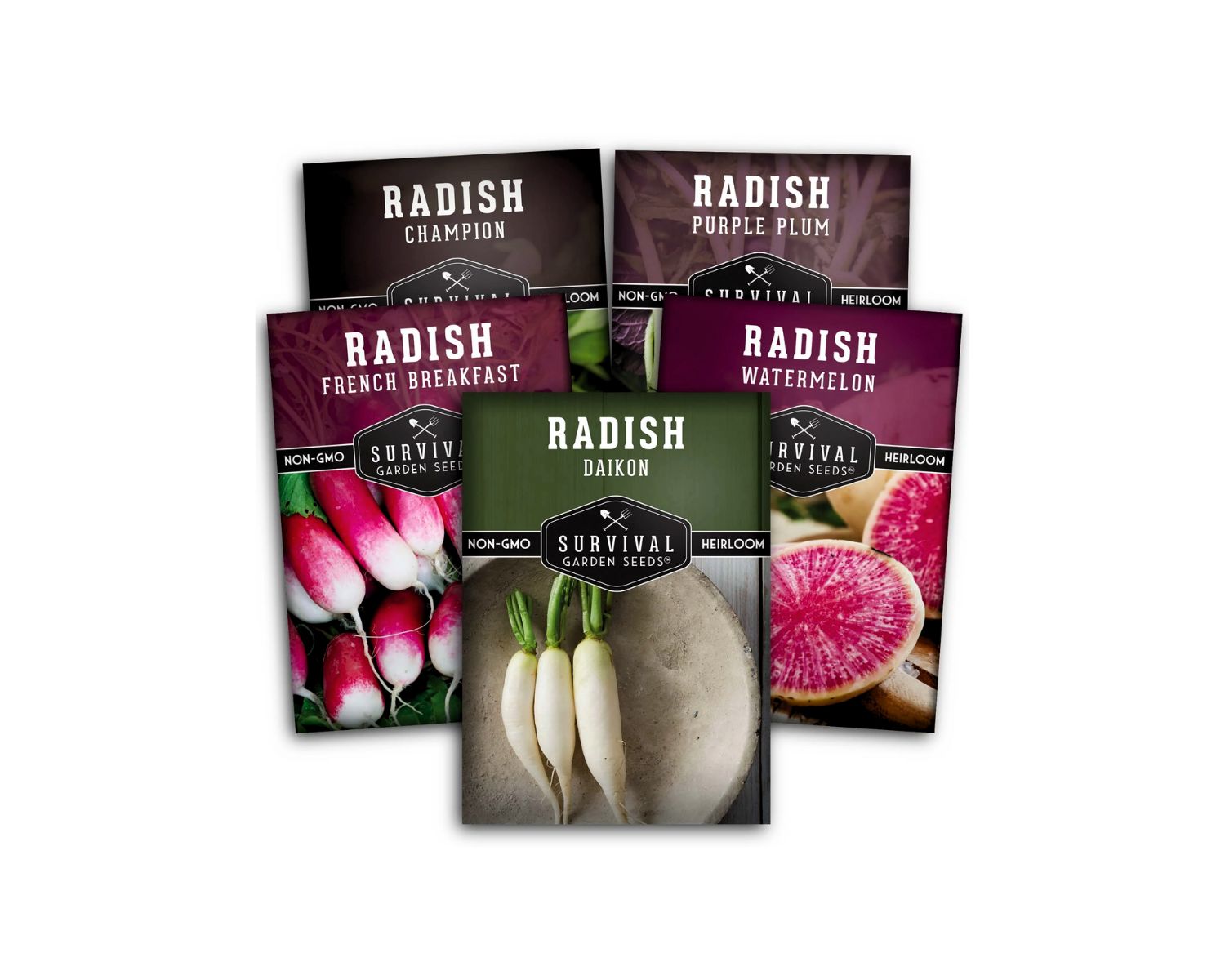
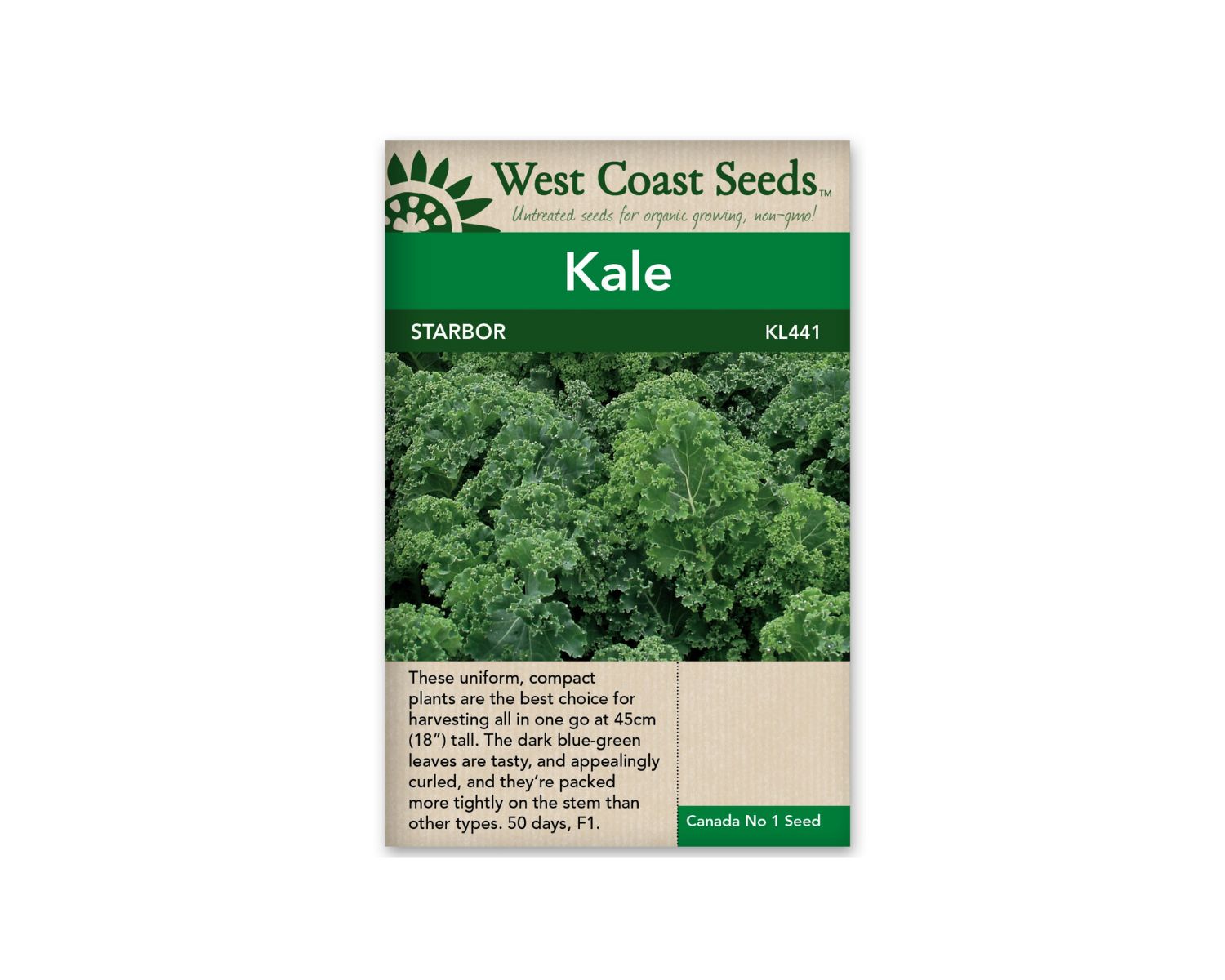
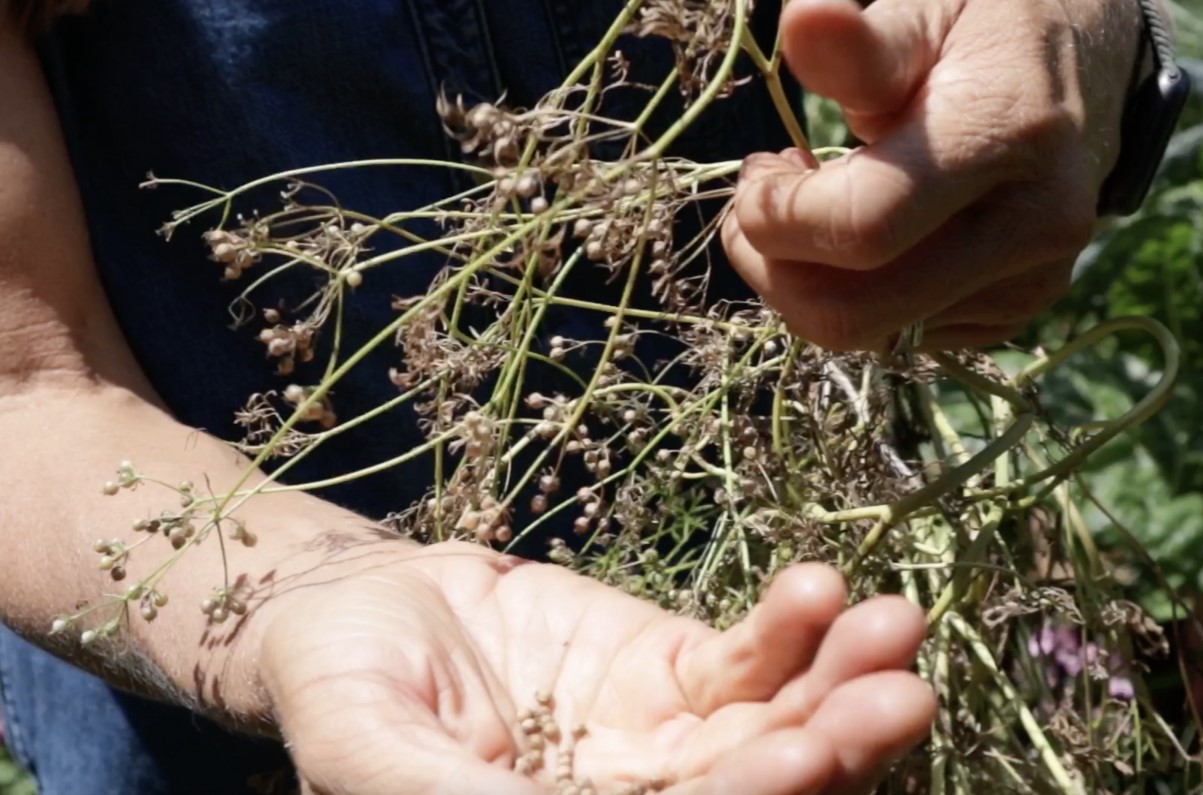
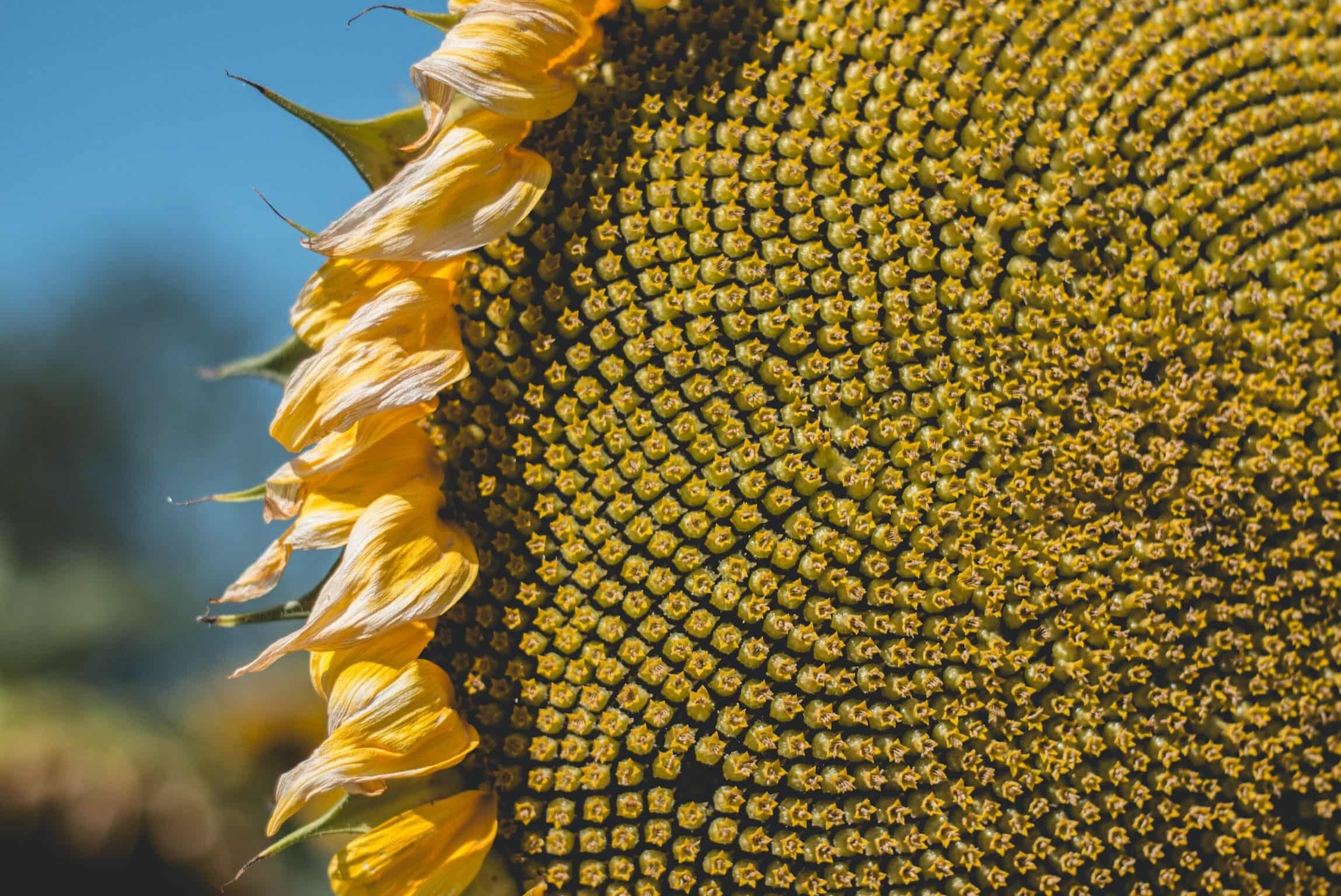
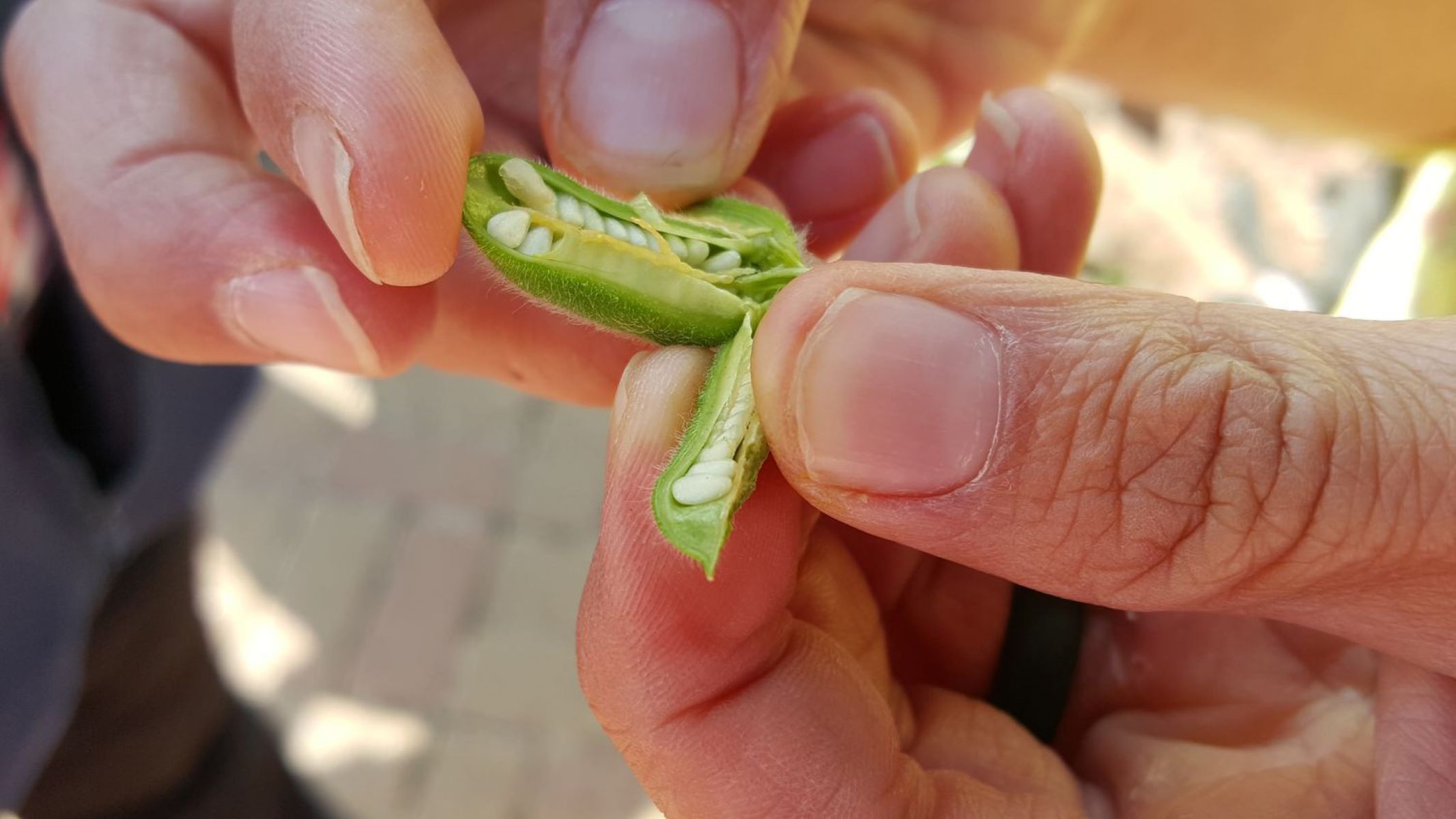
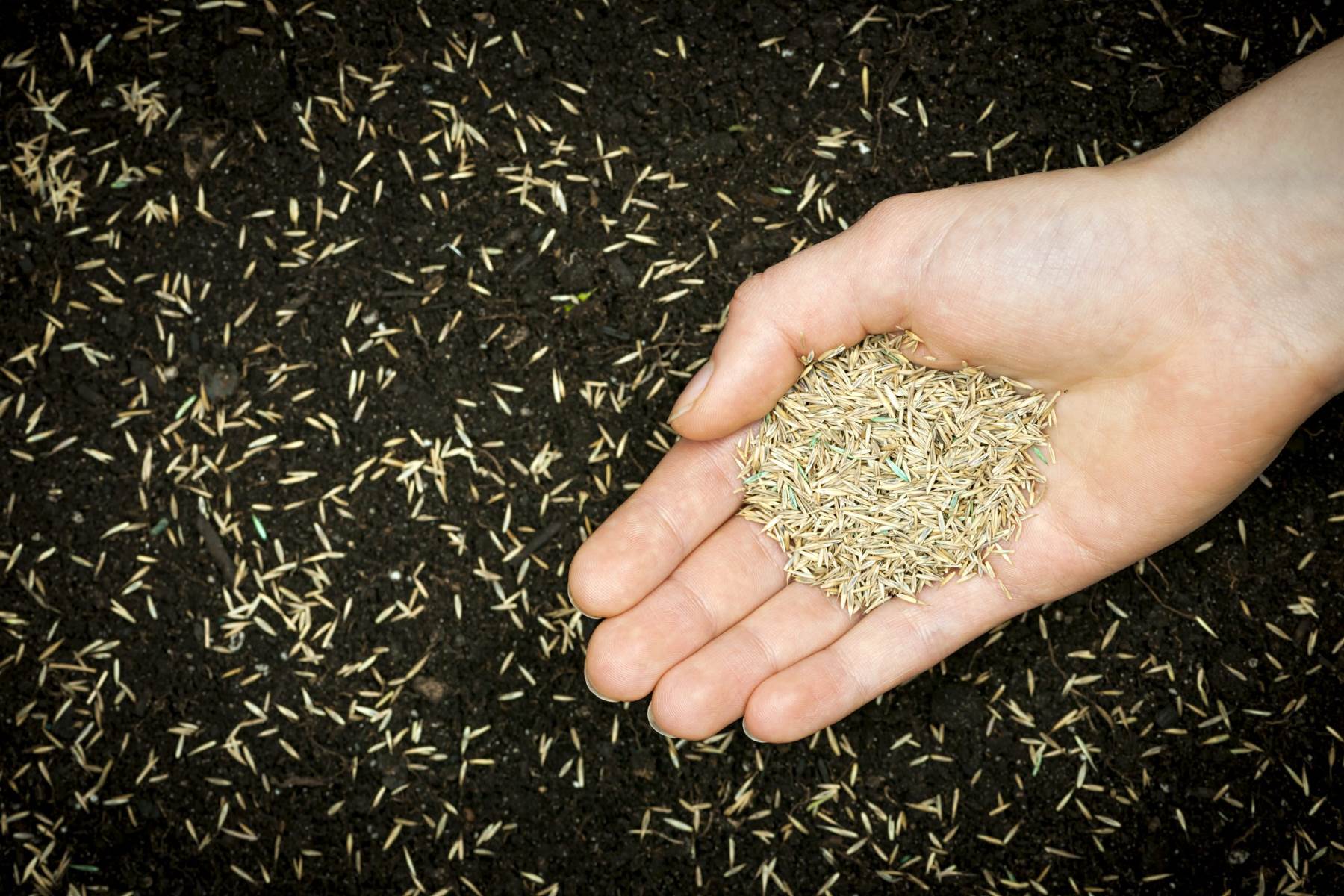
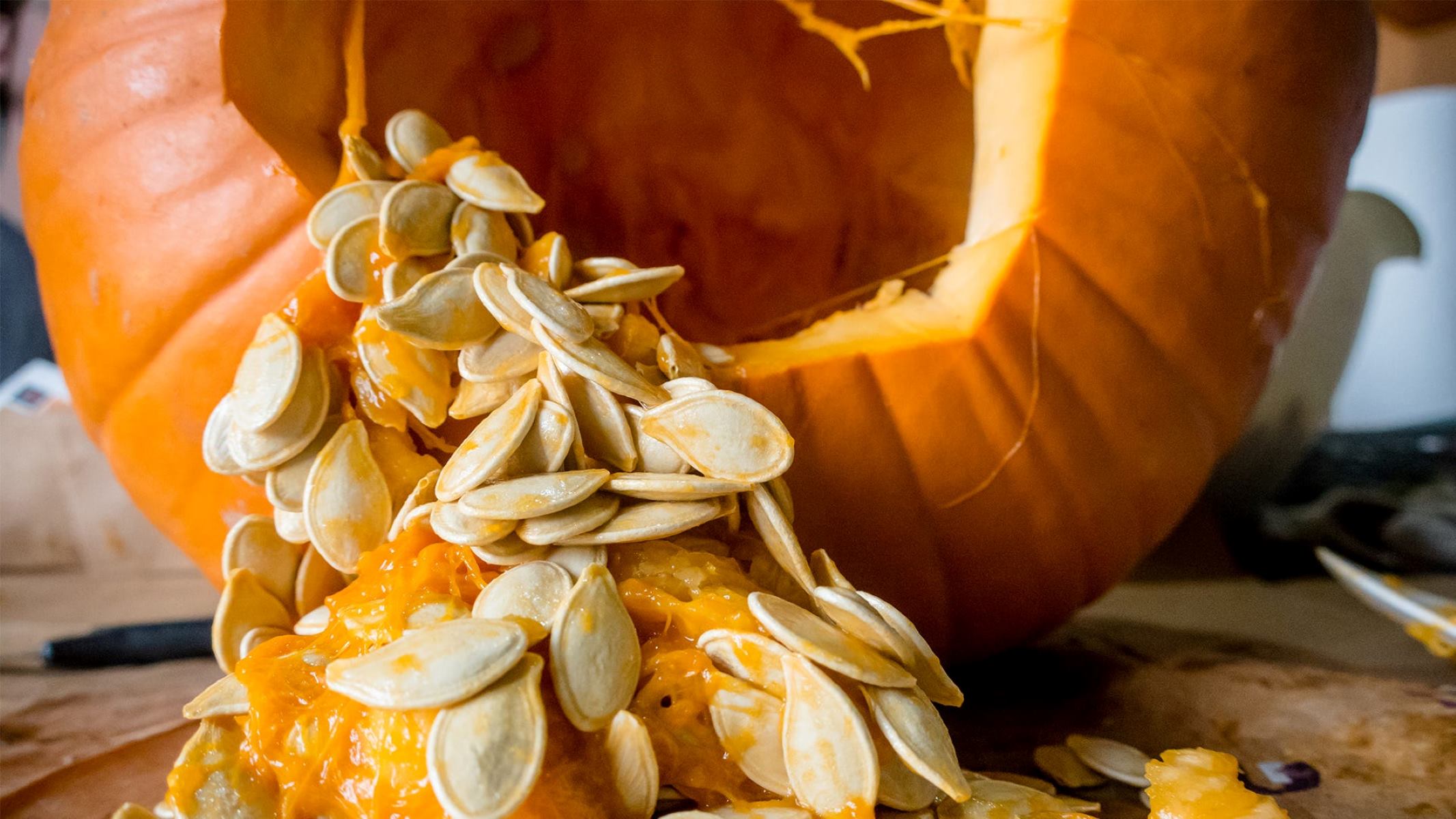
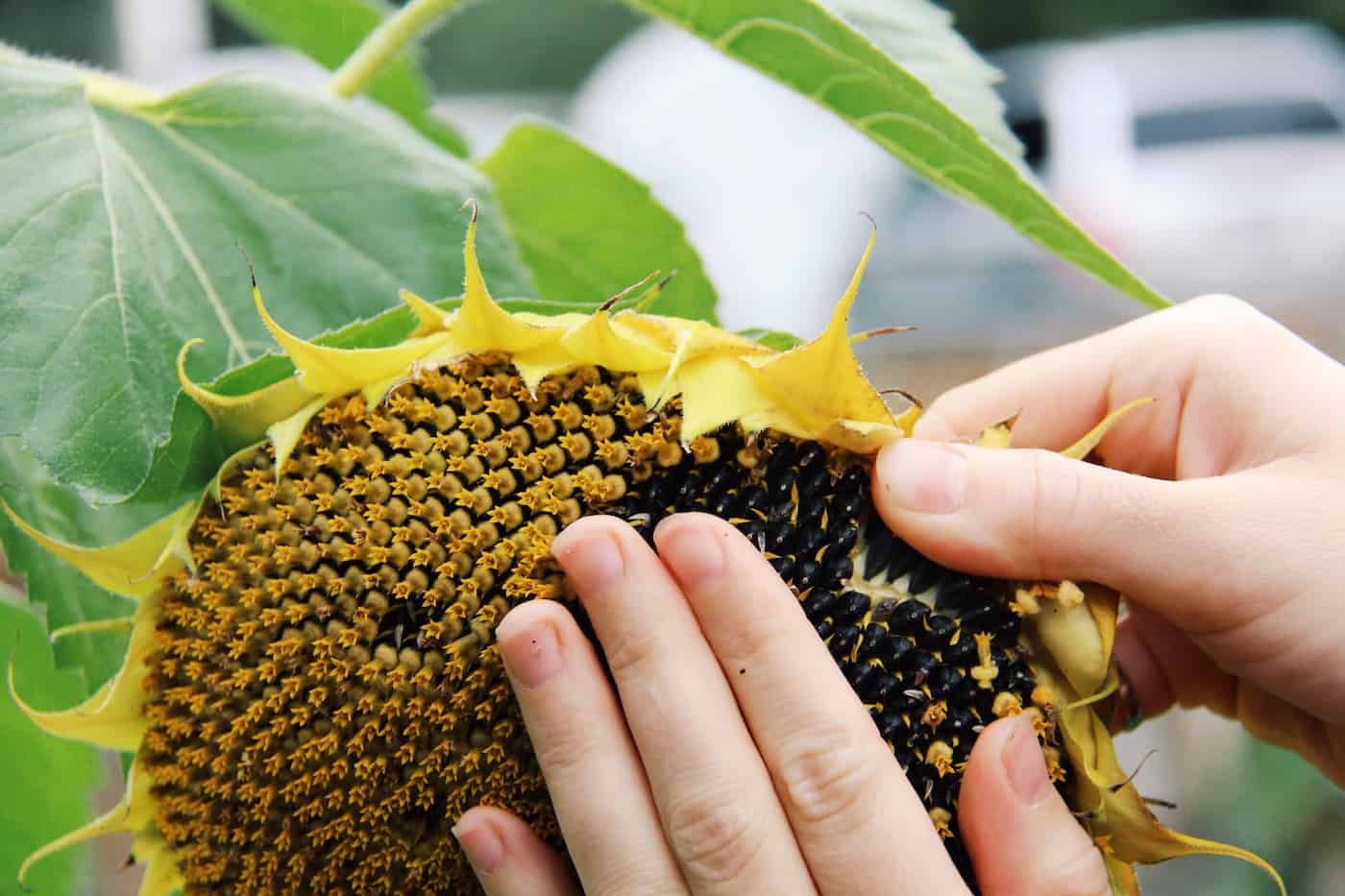
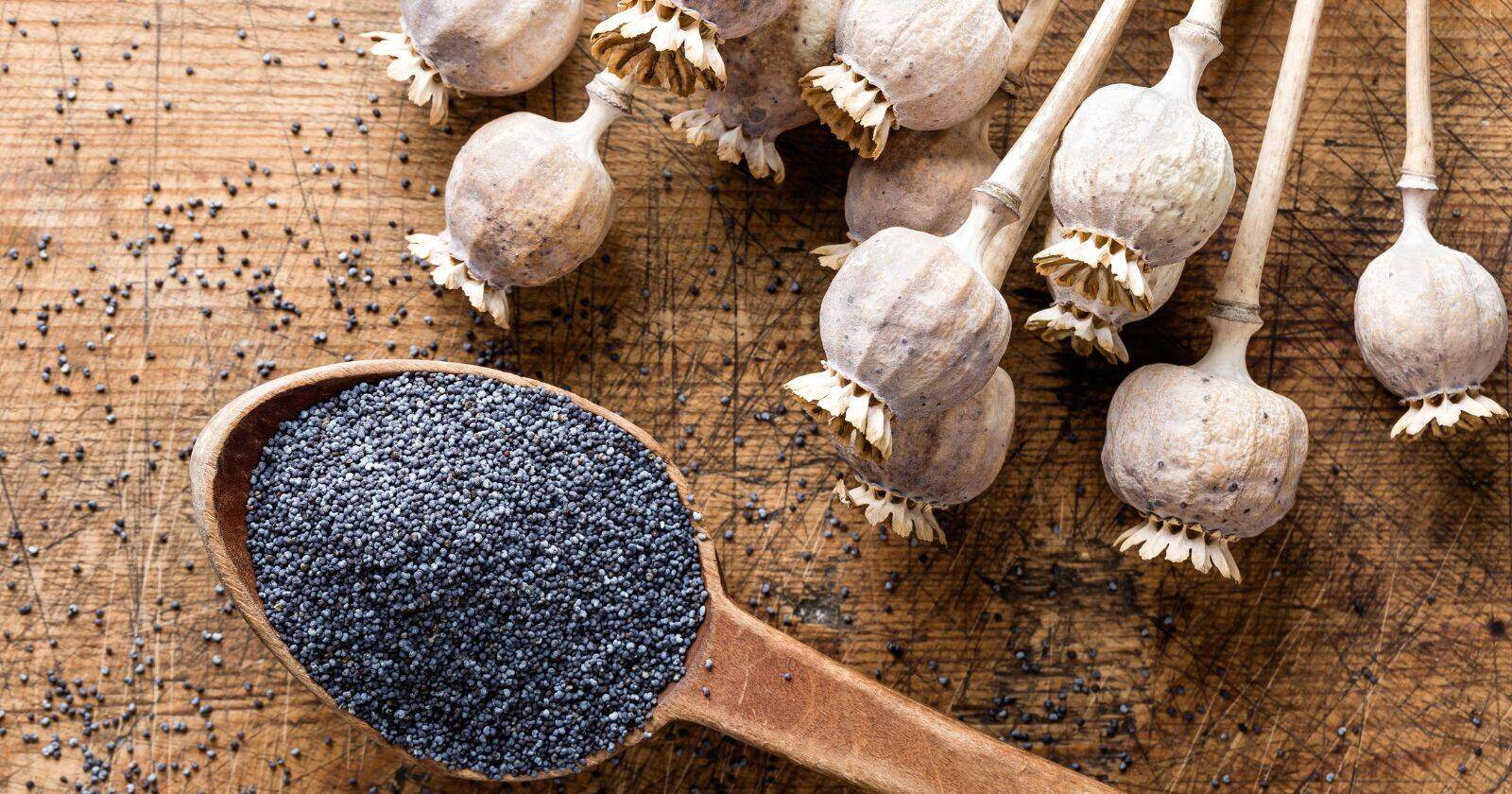
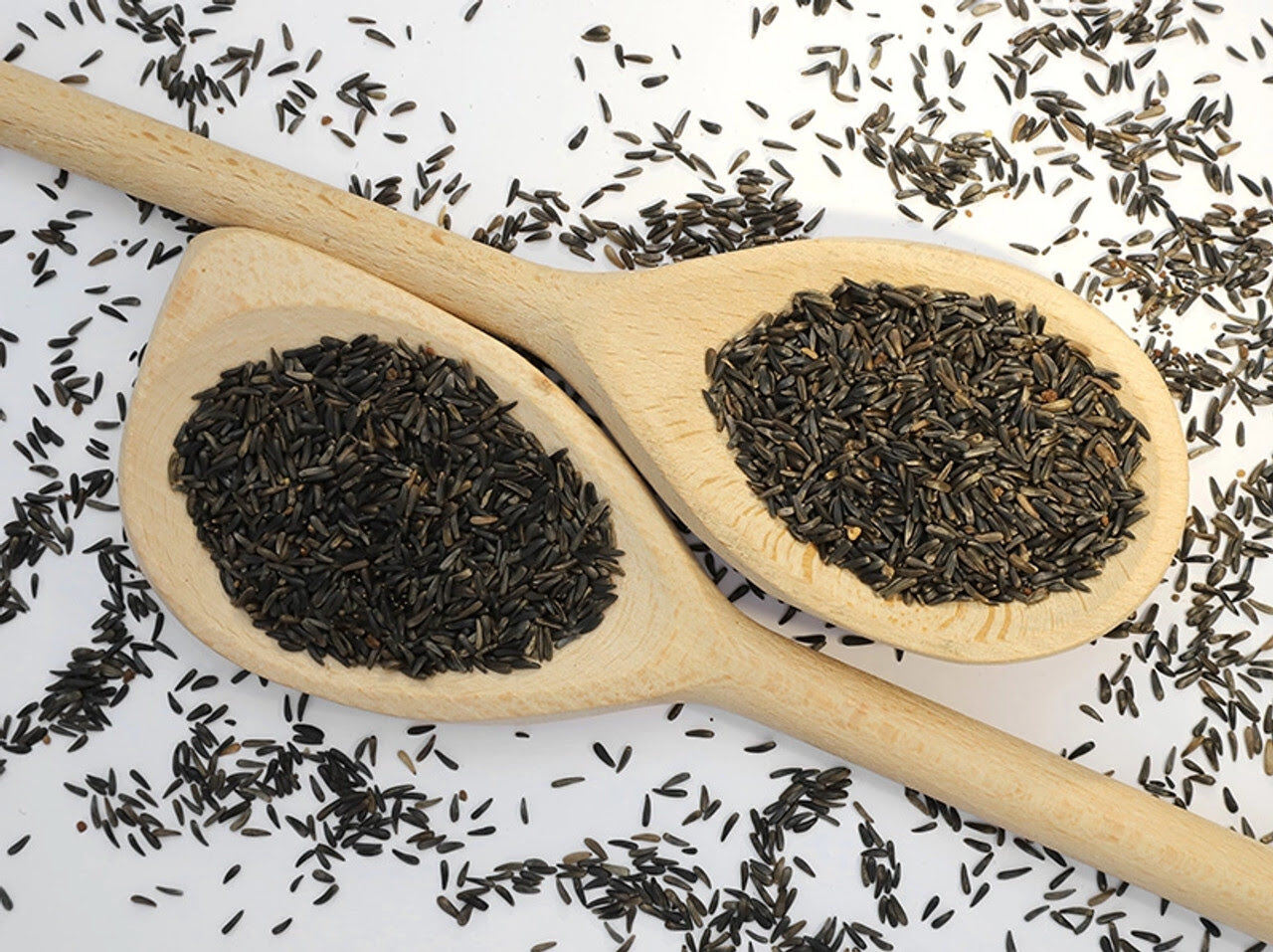
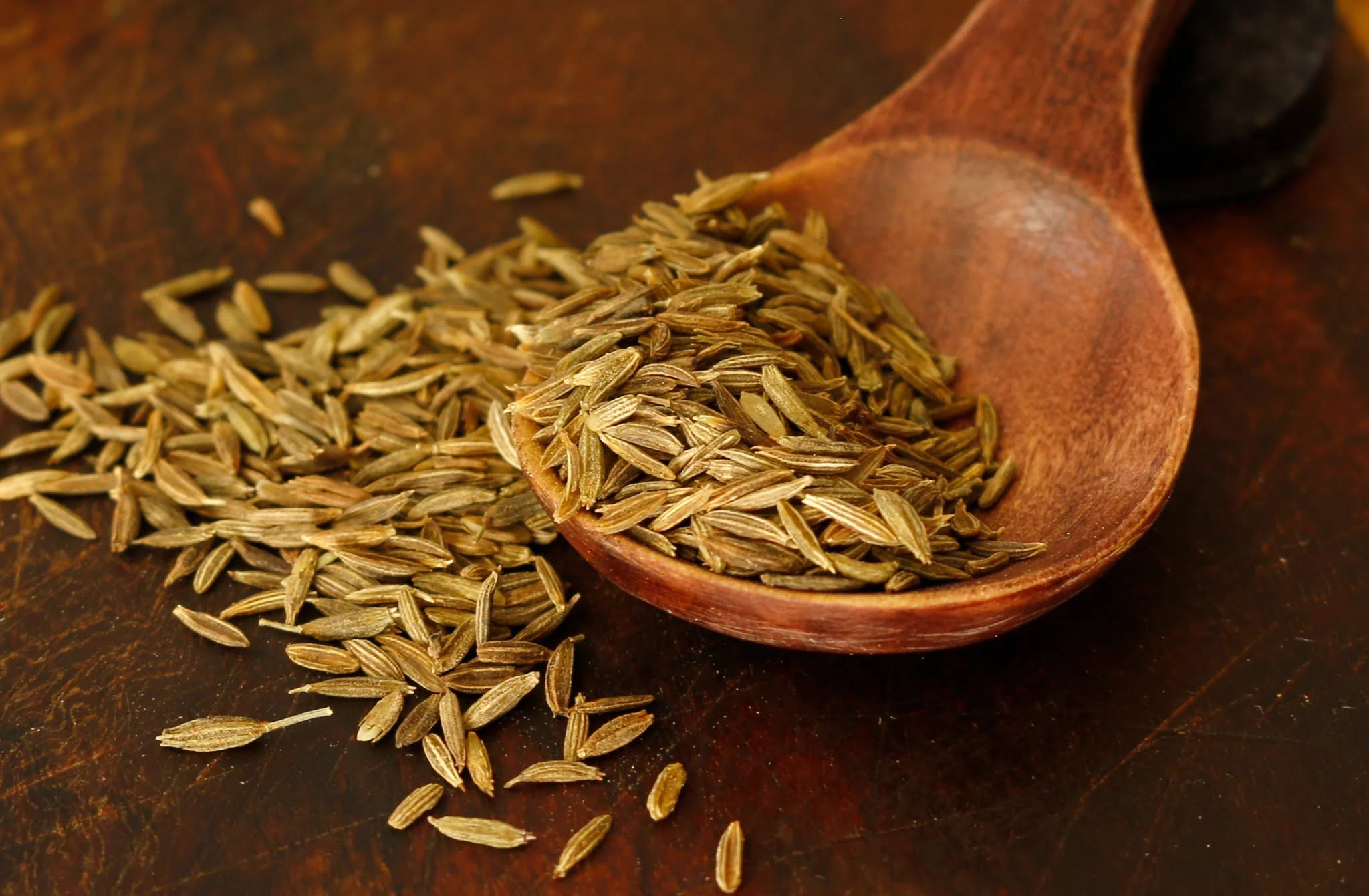
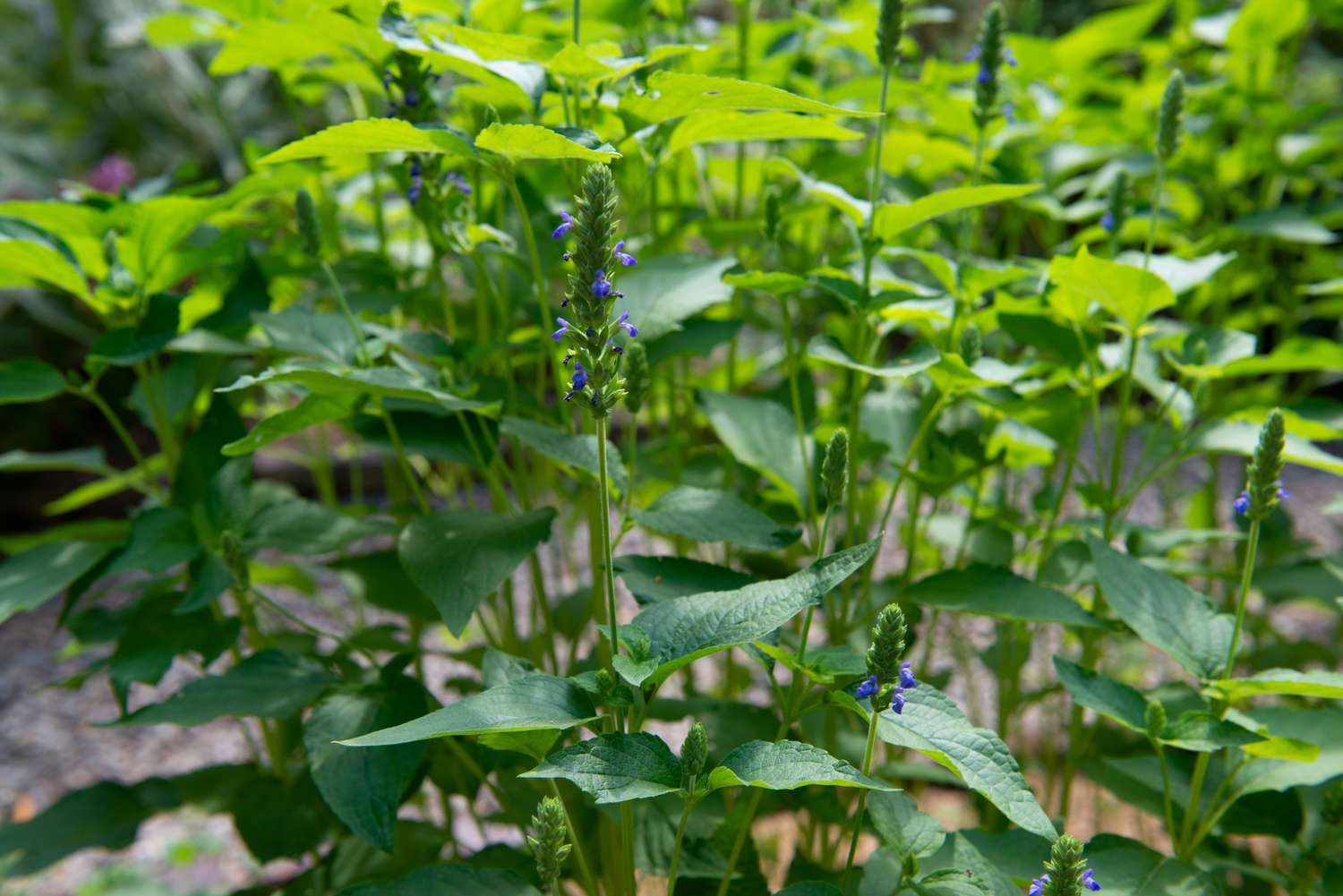
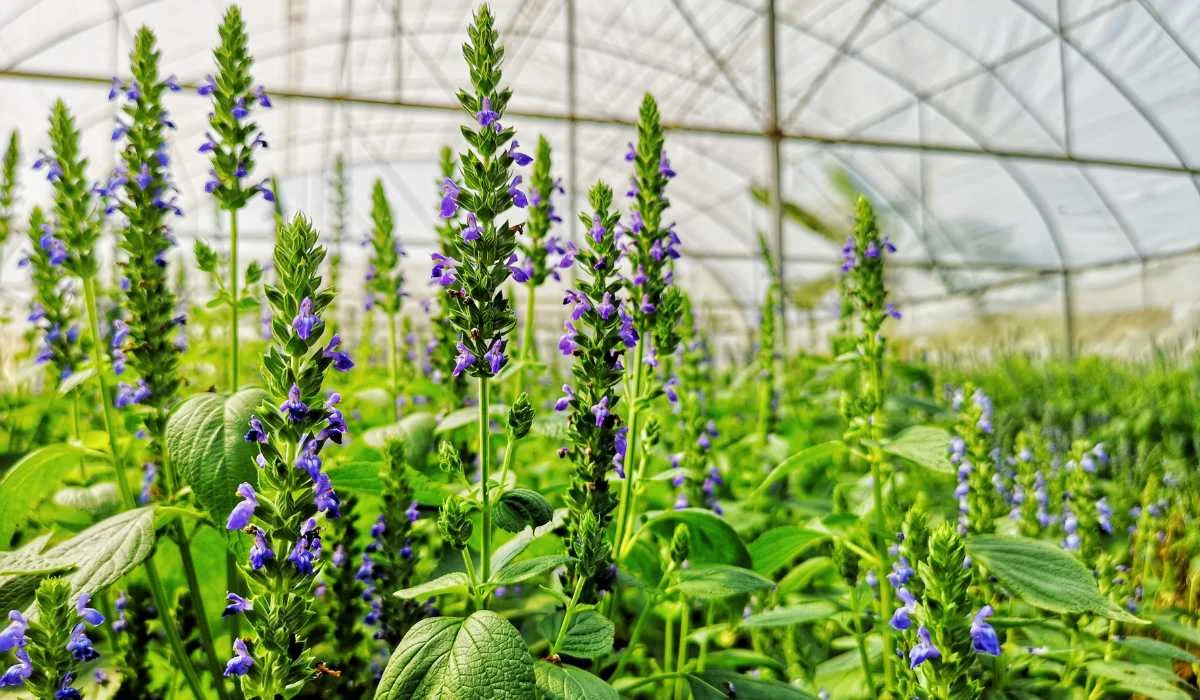
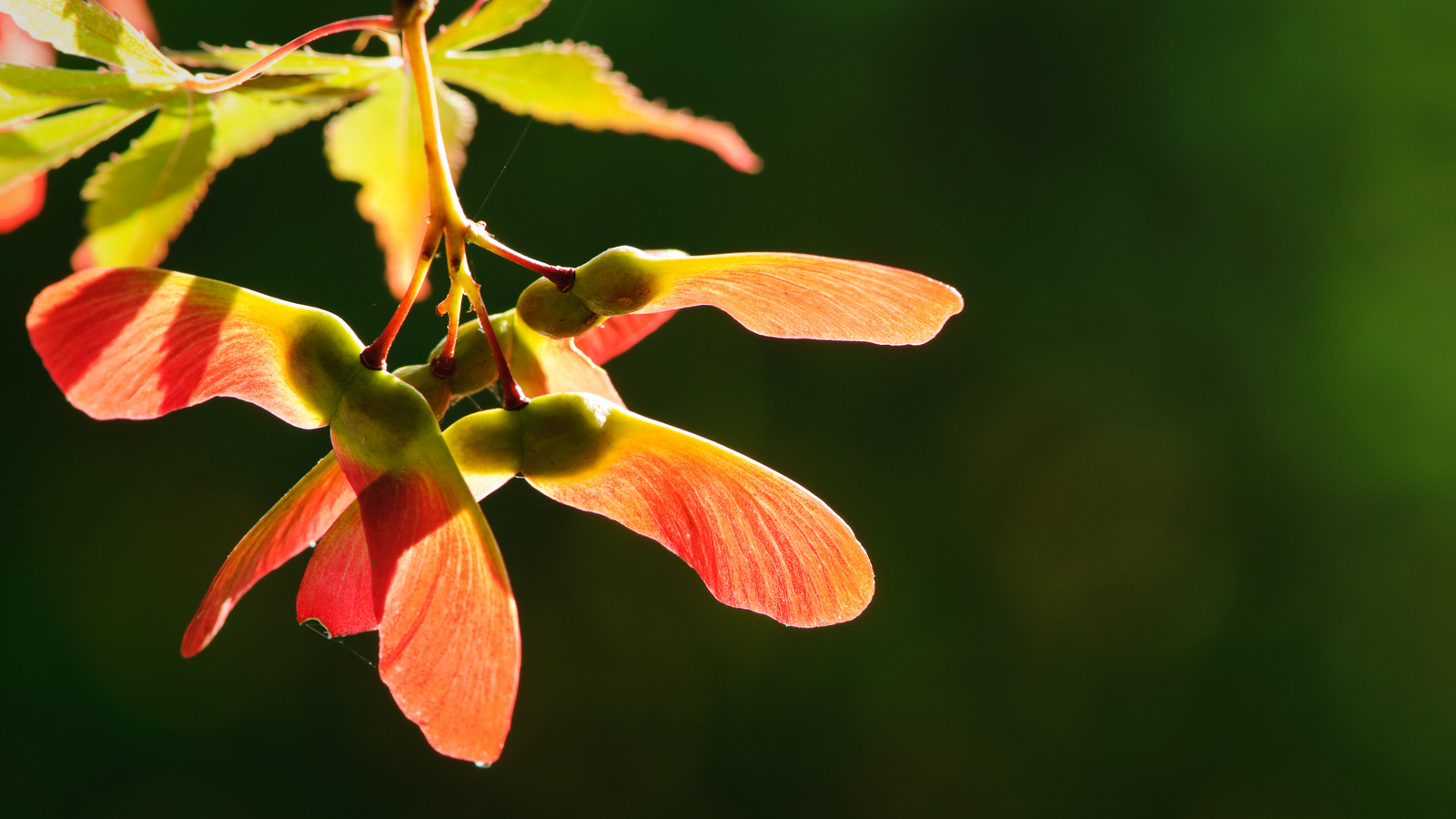

0 thoughts on “Where Do Seed Potatoes Come From”